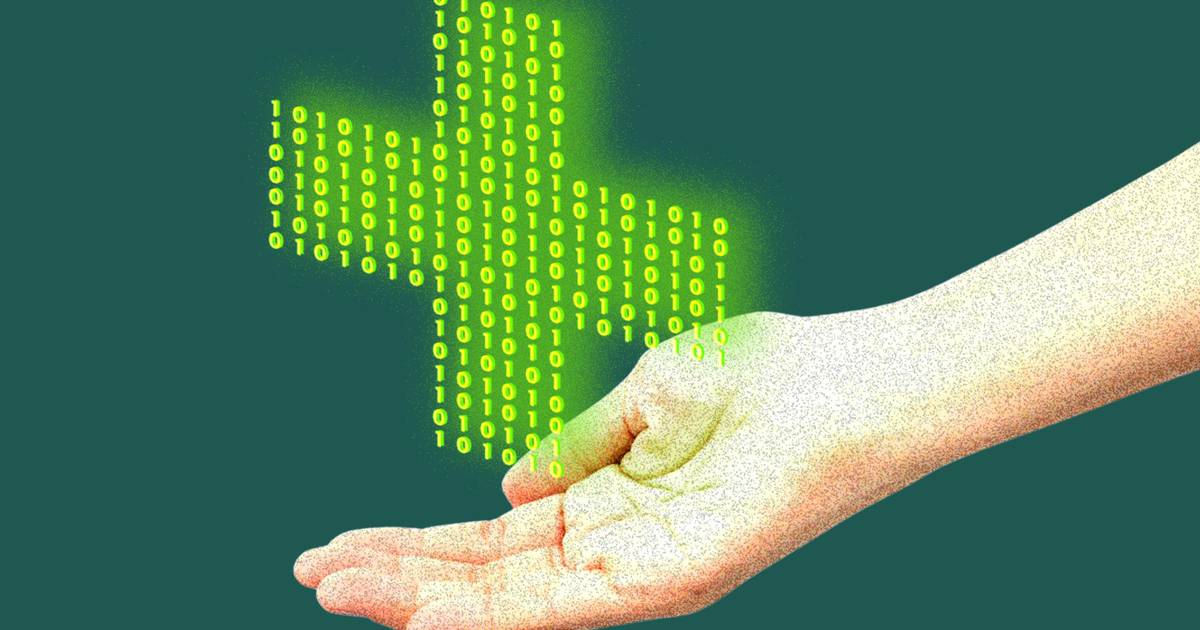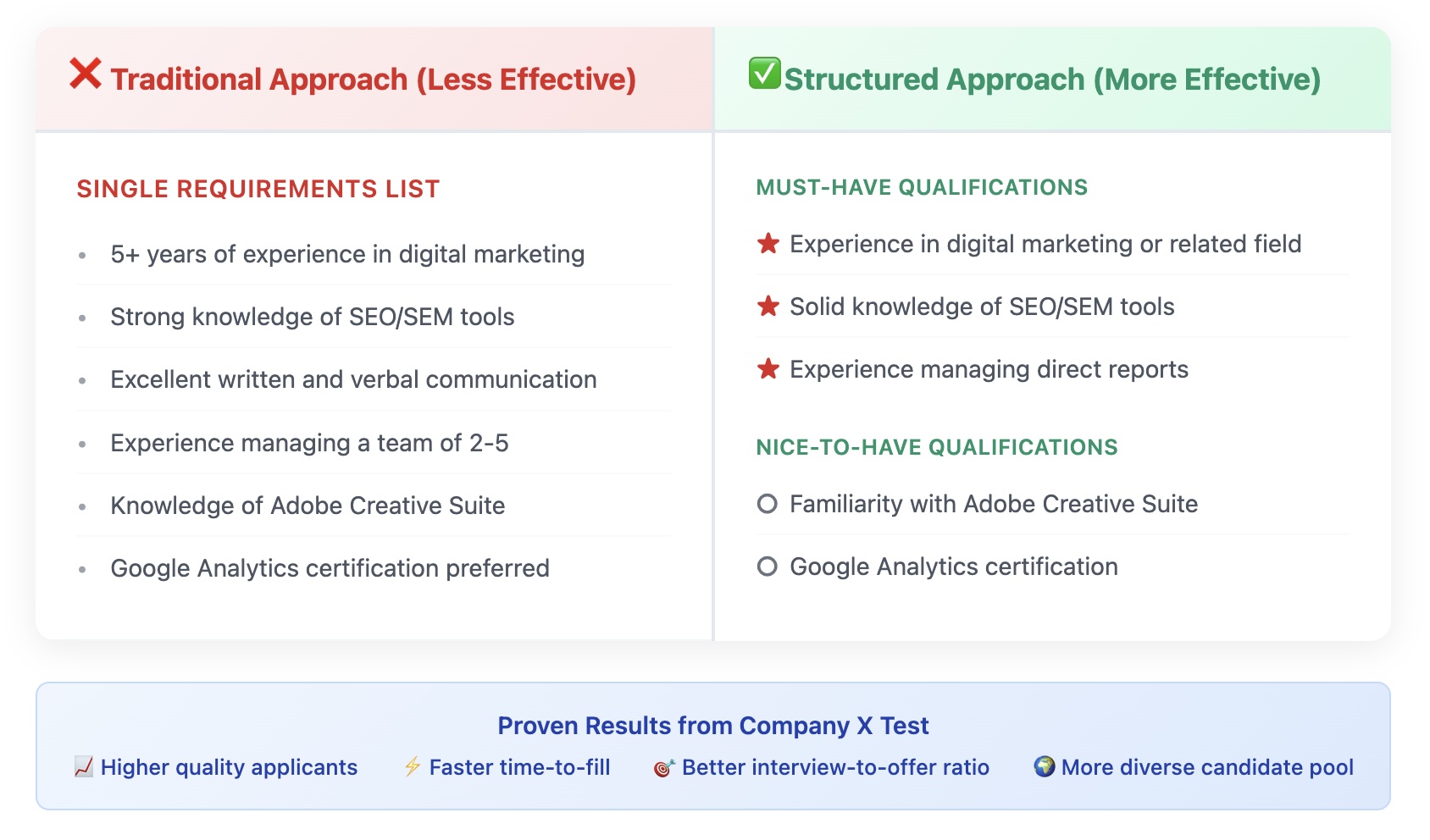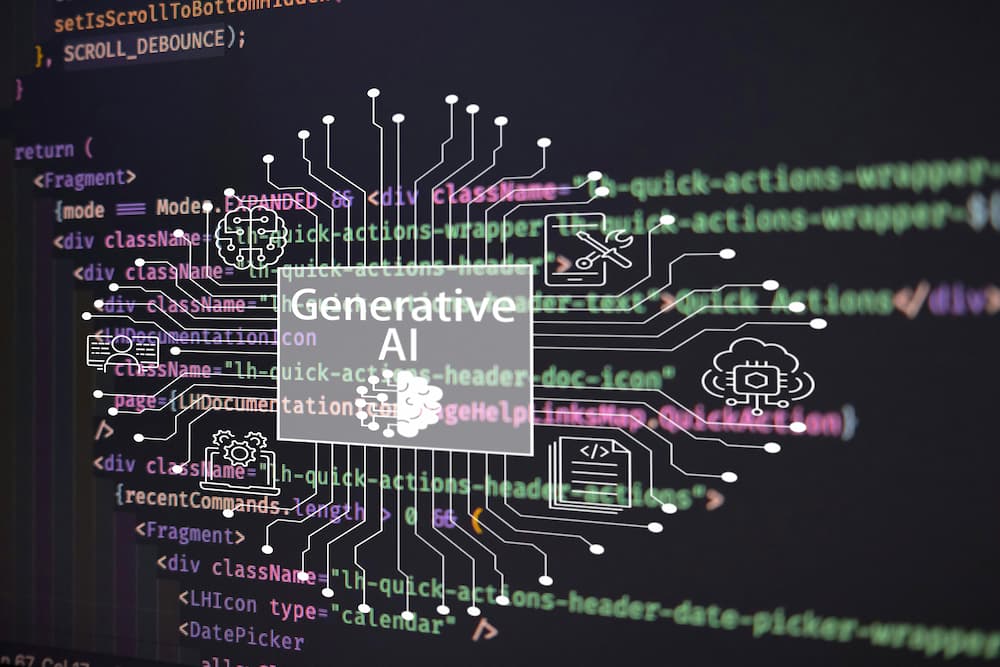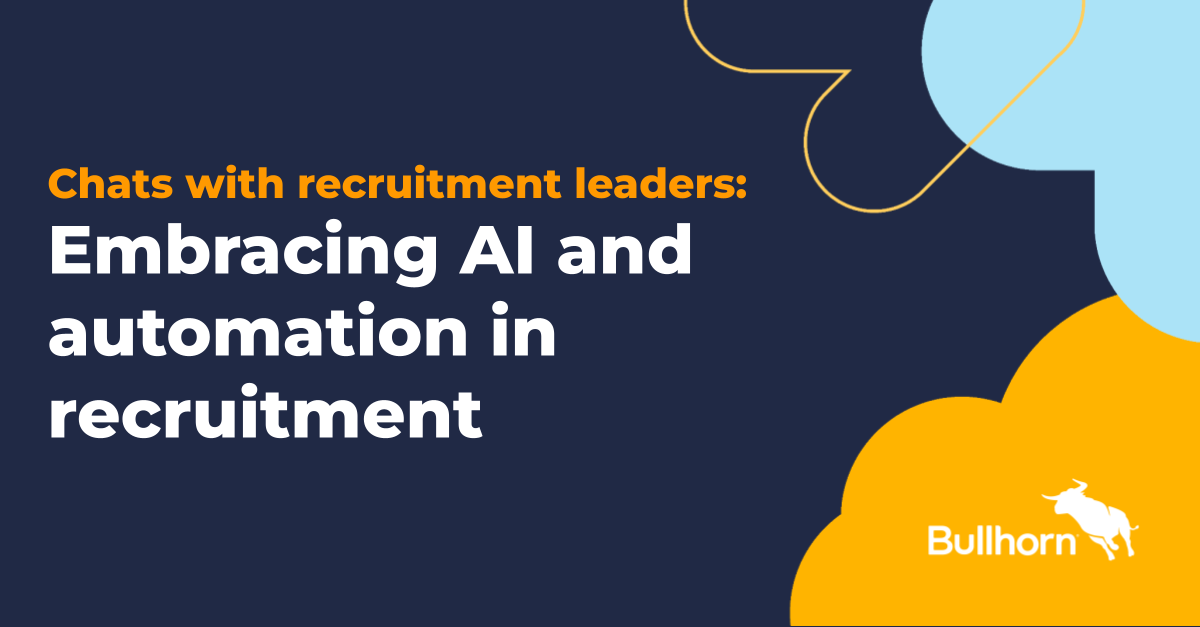Executives at the New Orleans Ernest N. Morial Convention Center see it as a foundational business in the greater community. Events held there support nearly 25,000 jobs annually, and have created $90 billion in economic activity in the area and $5.7 billion in state and local tax revenue since 1985.
With great stature comes great responsibility. (Relax, Marvel stans…the reference has legs, just maybe not eight of them.) In order to live up to that responsibility, its leaders have moved to embrace AI and stay on the cutting edge.
“This is the engine that makes everything work in our city,” the convention center’s President and General Manager Mike Sawaya said. “Hospitality is what we do in New Orleans, and someone has to be the leader and set the example…Our intention is to come out and say, ‘We’re not resting on our laurels’…We take that responsibility very seriously.”
To understand how the Big Easy convention center thinks about AI technology, it’s incumbent to know how the organization views its employees.
“We looked at HR as kind of a natural place to start….rather than have a traditional human resources department, we…started with a core value of treating our employees like internal customers, and that just kind of evolved to where it became people services instead of [HR].”
This is where Tim Tumminello enters the chat. He serves as the senior director of people services and innovation, and leads a team that focuses on the typical HR remit, as well as initiatives to help employees embrace innovation and do their jobs better.
The convention center launched iCollab, a division of people services, in 2021. Originally called the Innovation Lab, the group of employees and leaders across departments work together to incorporate technology into operations and workflows in order to breed collaboration and improve employee engagement. This “employee-owned project” helps the convention center solicit feedback from its “internal customers” (i.e., employees) in order to design new approaches to the work.
The pilot group. When ChatGPT and generative AI busted into the mainstream last year, Tumminello organized a pilot group of 20 employees from across the organization to explore how to leverage the technology to improve workflows at the convention center.
“How do we find out how effective [AI] can be in certain areas? Not only administratively, but across the operations as well, so we started with a small pilot group—as we do with any innovation idea, if we’re gonna fail, we’re gonna fail small,” Tumminello said.
Quick-to-read HR news & insights
From recruiting and retention to company culture and the latest in HR tech, HR Brew delivers up-to-date industry news and tips to help HR pros stay nimble in today’s fast-changing business environment.
The pilot group—which included members of the iCollab group and others from outside of it—was tasked with identifying any “time suck” at work and leaning on generative AI tools to address it. No areas were off limits for exploration.
“If there’s a time-suck in your area, let’s address that time-suck, and let’s figure out how we can automate that through ChatGPT,” he said.
The team got access to ChatGPT Plus, a $20-a-month subscription upgrade to the free version with faster results and fewer AI hallucinations. ChatGPT Plus users rely on OpenAI’s most advanced system—GPT-4 instead of GPT-3.5—and have access to a more up-to-date internet snapshot. They also have the ability to input longer prompts and even upload files and documents for the tool to analyze.
AI for ER. One of the mainstays of HR work is employee relations investigations. Oftentimes it’s a time-consuming process that involves a lot of personnel and a lot of steps. It’s a process ripe for productivity gains.
So, Tumminello innovated. He developed a standard operating procedure for using the transcription technology, Otter.ai, and ChatGPT to design a process that would help facilitate faster HR investigations.
“Employee investigations—when they happen—can be a complete time-suck,” Tumminello said. “The idea is to use Otter.ai to capture the investigations; put it into a Word document, have the employee read the interview, sign off on it, upload that into ChatGPT along with the handbook and ask ChatGPT to cross-reference the two, and then outline the investigative process, which would include questions to ask the individuals involved.”
Tumminello ran [the new procedure] by legal for a “full blessing.” He said the convention center is transparent about why and how it’s using the technology and protecting employee privacy in order to maintain trust.
“Cutting down these types of investigations is a fairly simple process, and it leads to a more fair and thorough investigation as well,” he said.
Tumminello estimates that the new investigative process can shrink a 20-hour undertaking to one that can be wrapped up in as little as two, freeing up time and resources for the team to focus on other initiatives.
“We’re trying to create space here in this department so that we can do bigger and better things for our employees and not be mired down with those types of [laborious] things,” he said.











